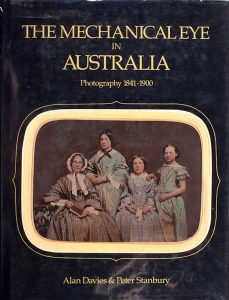
A “timeline” of photography can help to better understand the main photographic developments.
In the context of family history photo research, it is important to know type of photograph you are looking at, and when they were made.
In the early years of photography, the main advances occurred in the period between 1840-1880.
When doing photographic family history research from this era, the Daguerreotype, Ambrotype and Tintype are commonly encountered.
All three processes produced one unique photograph.
More commonly seen were the Carte de Viste (or CDV).
For the family history researcher, CDVs provide a wealth of opportunities for accurate dating.
CDVs often have elaborate graphic designs on the back. Using the reference book “The Mechanical Eye”, by Alan Davies and Peter Stanbury, it is often possible to date a CDV to within a few years.


By the 1870’s photographers realised they could charge more for larger prints.
The Cabinet card at 4.5 x 6.5 inches in size, was bigger than the CDV and less likely to have the photographers name on the back.
“Cabinet cards” were so called because they could be placed on a cabinet or side table.
Often collected in albums, cabinet cards and CDVs were a Victorian rage. They had ceased by 1905.




